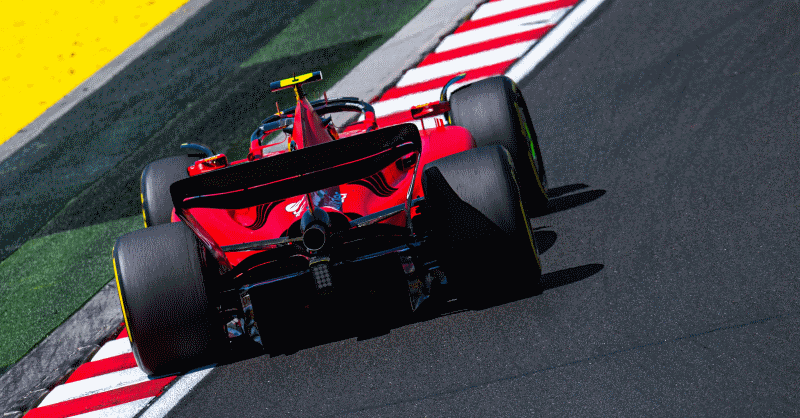[ad_1]
The more the 2026 Formula 1 regulations introduce new elements of understanding for the new power units, the more it becomes clear how messy the design of these engine is. The dogma that F1 has set is that in 2026 we will have a power of about a thousand horses split 50/50 between the endothermic engine and the hybrid. A request strongly advocated by Audi and Porsche at the time, which has since exited the scene.
A whimsical choice aimed at diminishing the value of the 6-cylinder turbo to enhance the electric part: when it went from statements to facts, everyone discovered how difficult it is to find a good performance balance of a power unit that at certain moments of a lap will have over a thousand horses and a few moments later could suddenly find itself with half the power to recharge the hybrid battery.
And so, it was thought best to transform Formula 1 into a category where the pursuit of full power won’t count, but rather the ability to distribute energy in the best way over a lap: the fear of some manufacturers was that we could see drivers braking on the straight and maybe even downshifting to regenerate the battery. A madness that would have led GPs to a management incomprehensible to the public, which is why the FIA thought it best to introduce new regulations that will define both fuel consumption and the exploitation of electric energy.
The internal combustion engine will remain a 1.6-liter turbocharged V6 with power decreasing from the current 550-560 kW to 400 kW (535 hp), while the MGU-K will be able to unleash 350 kW (480 hp) compared to the current 150 kW. It’s a seismic change that requires setting management constraints, beyond whether a “push to pass” is desired. The organizers has called the passing mode “override”: the surplus power will not be a fixed value, but will vary depending on the speed the driver has at the time of activation and should increase.
Unfortunately, we are still in a gray area since the “override” function will be described in the Sporting Regulations that do not yet exist, just as the car does not exist (a draft regulation will be presented at the April 11 meeting).
The FIA would like the exploitation of electric power to occur during acceleration at low speeds as it was in the days of KERS: the goal is to empty the battery and use the internal combustion engines for continuous recharging. And so with the new rules, the maximum electric power will be available up to 280 km/h, and will be zeroed out with increasing speed. At the speed trap, we will have less performing F1 cars that, however, should reach maximum speed earlier thanks to higher acceleration values.
The Pirelli technicians will be pleased as they will have to deal with tire overheating, which is the enemy they are fighting now. In the rewriting of the rules, there is also a reduction in recoverable energy per lap: we go from 9 MJ to 8.5 MJ. The intent is quite clear: to prevent attempts to recharge the battery on the straight. And it will be interesting to discover how management will change on tracks where battery regeneration will be more difficult like at Monza. The FIA, in fact, introduces other constraints to prevent gasoline from being used for electric charging. A very complicated puzzle that will be very difficult to explain to enthusiasts for a good understanding of what will happen on the track and, above all, will also make controls complicated.
Formula 1 has so far been developed by engineers, promoting aerodynamic and electronic roles over time as primary roles just as mechanical ones were in the past. Now we are entering a new era, that of algorithms: it should not be surprising, in fact, if Fred Vasseur, for the potential of the team, is seeking experts in artificial intelligence, statisticians, and mathematicians to cover those functions required by the new regulations.
The technical challenge for 2026 is certainly very complex: energy saving and therefore consumption reduction will be the beacon of F1 in the near future. The important thing is not to take too big a step ahead of time…

Mar 30, 2024
Let other Scuderia Fans know about us

[ad_2]
Source link



